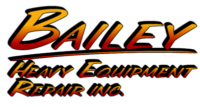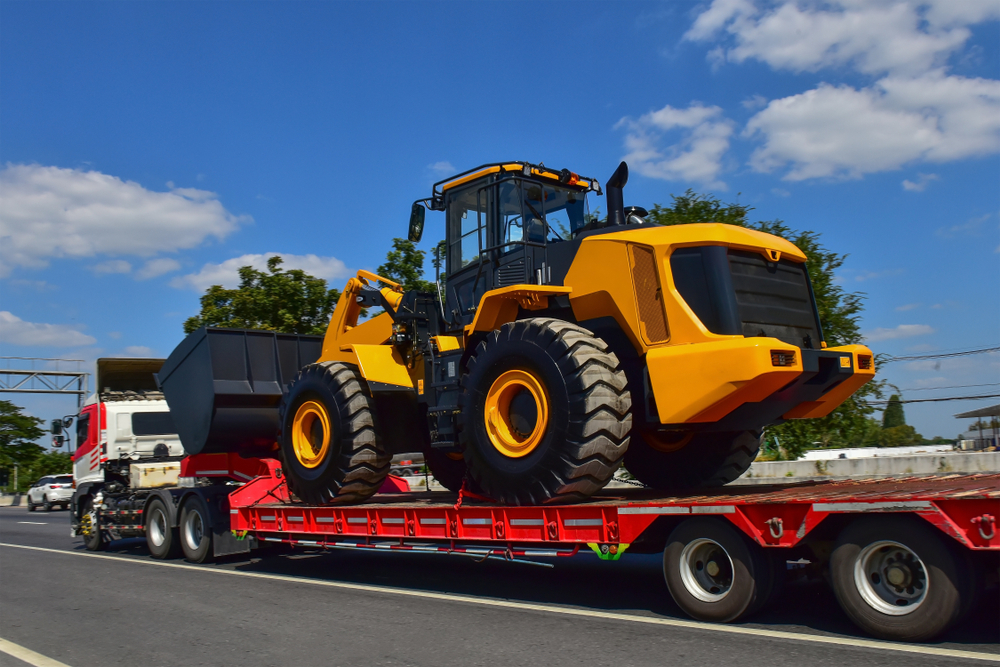How Much Does It Cost to Haul Heavy Equipment?
When it comes to transporting heavy machinery, construction equipment, or any oversized loads, one of the most frequently asked questions is, “How much does it cost to haul heavy equipment?” The cost of hauling heavy equipment can vary widely depending on several factors, including the type of equipment being hauled, the distance to be traveled, the weight of the machinery, and the specific transport method chosen. Whether you are moving construction equipment across town or shipping industrial machinery across the country, understanding the factors that influence equipment transport cost is essential to managing your budget effectively. This guide will explore the key considerations that affect heavy equipment hauling rates and provide insight into what you can expect to pay.
Factors That Affect Heavy Equipment Hauling Rates
The cost to haul construction equipment or any heavy machinery depends on several critical variables. These include the type and size of the equipment, the distance to be traveled, the transport method, and the complexity of the route.
One of the most significant factors that impact hauling rates is the size and weight of the equipment. Larger and heavier machinery requires more resources, such as larger trucks and specialized trailers, to safely transport the load. For instance, a standard flatbed truck might be sufficient for smaller equipment, but for oversized or overweight items, a lowboy trailer may be necessary. Lowboy trailers are designed for hauling heavy and tall loads with lower clearance, making them ideal for construction equipment, such as bulldozers or excavators, which need extra space and stability.
Distance also plays a pivotal role in determining the cost to move machinery. Short local hauls are typically less expensive than long-haul transports, as long-haul trips require more fuel, longer driving times, and additional logistical planning. The cost per mile for hauling equipment generally decreases as the distance increases, but the total price will naturally rise for longer journeys.
The route and accessibility of the delivery location can further influence the hauling cost. If the destination is in a remote area or has challenging terrain, additional costs may be incurred for permits, escorts, or specialized equipment for loading and unloading. These additional complexities can significantly increase the overall cost.
Lastly, the choice between different hauling services, such as open or enclosed transport, can also affect the cost. Open transport, typically using flatbed trucks, is the most common and least expensive method. On the other hand, enclosed transport, which offers more protection for the equipment, can be significantly more expensive due to the additional safety measures involved.
Equipment Transport Costs Based on Type of Hauling
Heavy equipment hauling rates can vary widely based on the transport method and the type of equipment being hauled. For example, flatbed hauling rates are typically the most affordable, but they come with limitations, such as exposure to the elements and the potential for damage from weather conditions. Flatbed hauling is commonly used for standard construction equipment that does not require special loading or unloading conditions. If you are transporting bulldozers, backhoes, or similar machinery, flatbed transport is likely the most cost-effective choice.
Lowboy hauling is another popular option for heavy equipment transportation. This type of trailer offers a lower deck height, allowing taller and heavier loads to be transported more easily. The lowboy’s unique design can accommodate large construction machinery, like cranes, excavators, and heavy-duty loaders, which may not fit on standard flatbeds. However, lowboy trailers are more specialized and tend to cost more than flatbed trailers due to their higher weight capacity and specialized features.
For particularly oversized or fragile equipment, you may need to consider a step-deck trailer, which features two levels to better distribute the load. This type of trailer is more expensive than a standard flatbed but may be necessary for equipment that needs a higher level of protection during transport. Other methods, such as double-drop trailers and RGN (Removable Gooseneck) trailers, offer even greater capabilities for hauling massive machinery and can come with an even higher price tag.
The choice of trailer and transport method directly impacts the cost to move machinery. A general rule of thumb is that the larger and more specialized the trailer, the higher the cost. This is why it’s essential to carefully assess your equipment and its specific needs before choosing a transport option.
Understanding the Breakdown of Hauling Costs
When evaluating the cost of hauling heavy equipment, it’s important to understand what is included in the overall cost. In addition to the base cost of transportation, there may be several additional charges involved. These can include fuel surcharges, insurance, permits, and fees for escort vehicles.
Fuel surcharges are common in the transportation industry, especially when hauling heavy equipment over long distances. Fuel prices fluctuate, and as fuel is one of the largest operational expenses for trucking companies, they often pass this cost on to customers. Depending on the distance and the weight of the equipment, fuel surcharges can add a significant amount to the overall cost.
Insurance is another essential factor to consider when calculating equipment transport cost. Hauling heavy machinery and oversized loads involves inherent risks, and to mitigate those risks, most transport companies offer insurance coverage for the equipment while in transit. Depending on the value of the equipment, the cost of insurance may vary, and you may have the option to purchase additional coverage if needed.
Permits and escort vehicles are necessary when transporting oversized or overweight loads. Certain states and regions have strict regulations governing the transport of heavy equipment, and you may need to secure permits to legally transport machinery that exceeds size or weight limits. Additionally, some jurisdictions require escort vehicles to ensure the safe movement of oversized loads, particularly on highways or busy roads. These permits and escort vehicles can add hundreds or even thousands of dollars to the total cost, depending on the size of the equipment and the route.
Average Costs for Hauling Heavy Equipment
Now that we have discussed the factors that influence heavy equipment hauling rates, let’s look at some general price estimates for hauling heavy machinery. These prices are meant to serve as rough guidelines, as the actual cost will vary based on the factors mentioned earlier.
For short local hauls (less than 100 miles), flatbed hauling rates can range from $200 to $500 for smaller equipment, such as mini excavators or skid steers. For larger pieces of equipment, such as bulldozers or backhoes, the cost to haul construction equipment on a flatbed may range from $500 to $1,500.
Longer distances (over 500 miles) will naturally drive up the price. For example, moving a standard piece of equipment like a backhoe across a distance of 1,000 miles could cost between $1,500 and $3,000. For larger or heavier machinery, the cost could go well above $4,000.
Lowboy hauling costs tend to be higher due to the specialized nature of the trailers. For example, hauling a large piece of construction equipment like an excavator on a lowboy trailer might cost between $2,000 and $5,000 for long-haul trips, depending on the size, weight, and distance.
For particularly complex moves, such as those requiring permits and escort vehicles, you could see costs rise significantly. An oversized load with multiple escort vehicles and special permits could cost anywhere from $5,000 to $10,000 or more, depending on the specifics of the haul.
Budgeting for Equipment Transport
Understanding how much it costs to haul heavy equipment involves more than just a base rate for transportation. The total cost is influenced by the size, weight, and type of machinery being moved, as well as the transport method chosen and any additional services, such as permits, insurance, and escort vehicles. Whether you are hauling equipment locally or across the country, it is essential to account for all these factors in order to accurately estimate your equipment transport cost.
By carefully assessing your hauling needs, researching different transport methods, and obtaining quotes from multiple carriers, you can make an informed decision and find the best value for your specific requirements. When budgeting for heavy equipment transportation, it’s important to consider not only the initial cost but also any additional fees that may arise during the process.

